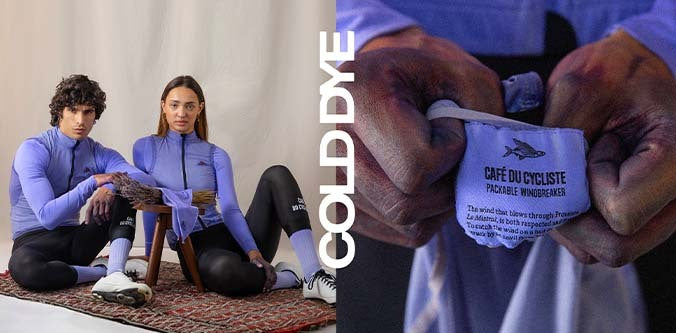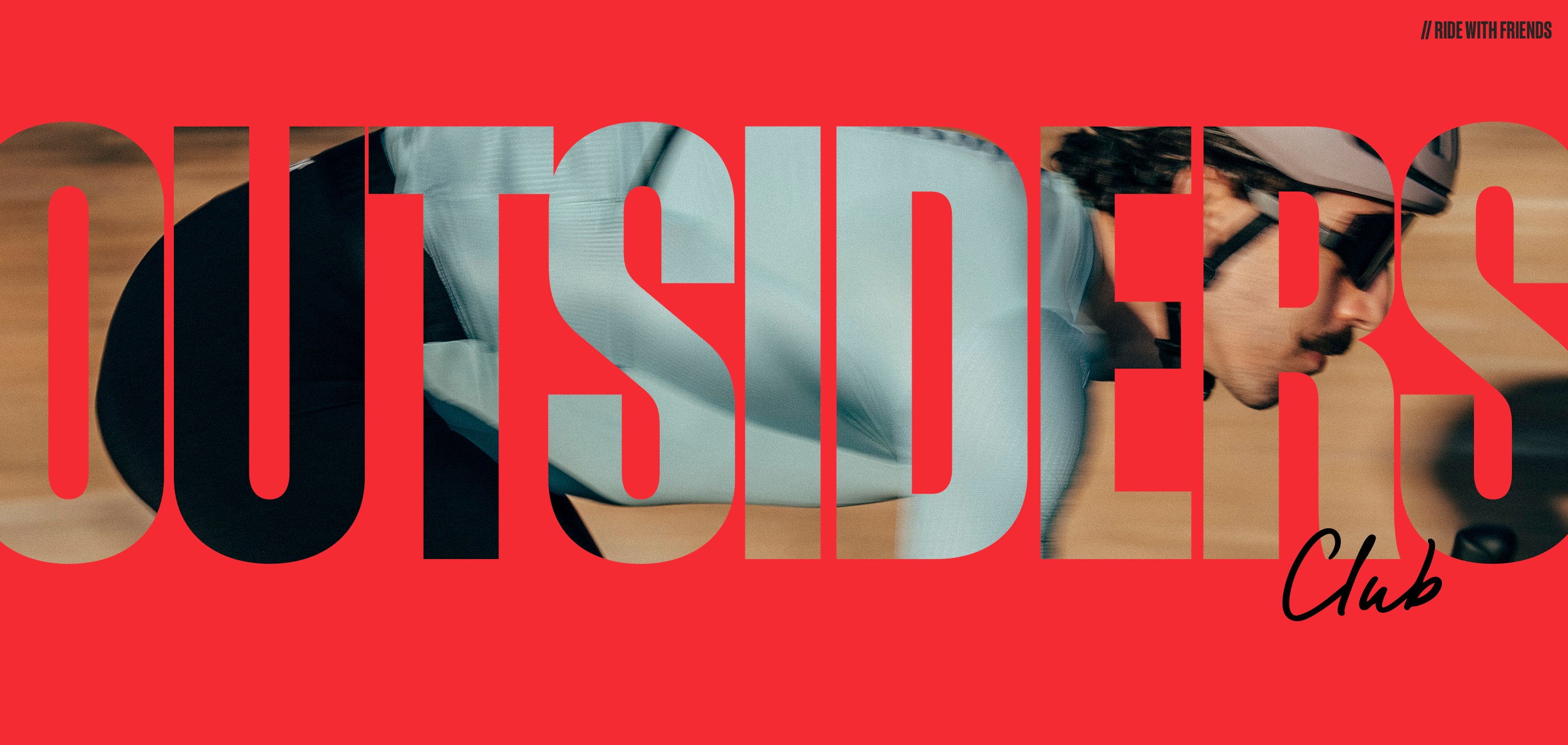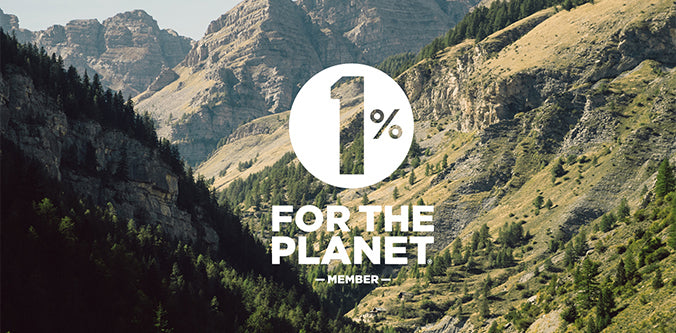Sailing Beyond Barriers:
Alexia Barrier’s Record-Breaking Quest

Café du Cycliste Caravan athlete Alexia Barrier is preparing to set sail in the Jules Verne Trophée round-the-world competition with her all-female crew…

It was already a year ago that we were sailing on the MOD 70 with Alexia Barrier at the Voiles de Saint-Tropez, amid the sails and the bustle of the regattas. The project she had been nurturing for a long time was, at that time, being buffeted by headwinds: a partner pulling back, the budget under threat. With such huge sums involved, and the hunt for sponsors so exhausting, many might have given up. Not Alexia. “In life, you must never let go,” she repeats like a mantra. That determination drove her on to win over fresh supporters and keep alive the flame of a dream that is anything but modest: to lead the first 100% female crew in an attempt on the Trophée Jules Verne and set a benchmark time – maybe even a record – on the prestigious round-the-world sailing competition.
The transition was a giant leap. From the MOD70, a 20-metre trimaran on which she had done countless training sessions and crewed races, Alexia moved up to a giant, IDEC Sport, a 32-metre Ultim maxi-trimaran, three-time winner of the Route du Rhum and three-time holder of the Trophée Jules Verne. Able to fly along at fifty knots and yet rise on the lightest breath of wind, the boat is a true Formula 1 car of the seas. To ready it for competition again required extensive work: checking the condition of the carbon structure, replacing the sails, and restoring the vessel that will be both their mount and their shelter for more than 40 days at sea.

The boat came with a new home port: Brest, city of records, in Brittany. Far from Antibes, in the heart of the Atlantic. Here, everything breathes ocean racing, in an immense bay that the trimaran devours in just a few minutes. Training sessions come one after another, from single-day runs to voyages of several days at sea, down to Portugal or up to the English coast, testing themselves against every kind of weather. The crew learns to manoeuvre together, to live within 20 square metres, to cope with the constant roar of speed that makes conversation impossible.“The craziest thing is just managing to talk to each other! The noise level on the boat is a constant 20 decibels, it’s insane how loud it gets. Without walkie-talkies, we learn to communicate with signs; the ultimate harmony is being able to understand each other naturally without opening your mouth, and we’re working on that.” On board, every detail counts: where to put your boots, how to sleep, how to cook amid the vibrations. These seemingly trivial gestures become the key to collective survival.
Never before has a 100% female crew attempted this non-stop, unassisted circumnavigation. Alexia has brought together six experienced sailors. “It’s a team of high-level athletes; they aren’t friends at first. Maybe they will become friends, maybe not,” she says – but they share the same goal, and that alone is the seed of a friendship. “We’re building a team like chainmail,” she explains: strong, resilient, ready to face the South Pacific with its enormous waves, successive storms, cold and fatigue. In this confined world, the story will be written in the feminine, with an invisible line around the planet as their horizon and a wish to make history.

On land, Alexia continues to lead a double life. Skipper and entrepreneur, she juggles meetings, financial decisions, and physical preparation. Days are only 24 hours long; she didn’t ride her bike enough over the summer, she laments, but each morning she fits in at least 30 minutes of strength training. On good days, she adds two hours of cardio: cycling, running, swimming. “Of course I prefer the bike: it clears my head, it’s long effort, a kind of meditation,” she says. A part-time triathlete, she gave up doing the Nice Ironman to save her energy for sailing training. Her body is her tool; she knows she must hold up physically and mentally for 40 days at sea.
The countdown will begin in mid-November. Between October and March, the southern hemisphere summer opens a weather window ideal for records. The crew will be ready. Code orange: four days to lock everything down. Code green: 24 hours to cross the starting line between Ouessant and Cape Lizard. On board, everything will be planned to the millimetre. Over 2,000 freeze-dried meals, tailored to each sailor’s needs, will be packed: gluten-free for one, vegetarian for another; 6,000 calories per day for some, less than 3,000 for Alexia. The logistics are as demanding as the navigation itself.
The project doesn't only live on the water, it also reaches out to land. An app will allow real-time tracking of the boat. A carefully illustrated educational kit will tell the adventure to children in several languages, and her 4myPlanet association remains active alongside her sporting feats. Thanks to the support of Café du Cycliste, a new film, Ocean 360, will further extend this immersion. “You might be thinking about skiing in November,” Alexia smiles, “but we’ll be sending you a big dose of the ocean.”
Alexia has never been closer to realising her dream. And the closer she gets, the more humility she feels. The goal is within reach: one woman, one team, one boat, and a simple idea: never give up. Green code: in a few weeks, off the coast of Brest, they will cast off and try to inscribe their names in history. Their wake will be more than just a record; it will be a symbol – proof that the ocean belongs to those who dare.






























